Back to: AGRICULTURAL SCIENCE JSS2
Welcome to class!
Last class, we discussed Agricultural practices.
In today’s class, we will be digging deeper into Agricultural Practices. We will be discussing Cropping system and agricultural farming systems. Enjoy the class!
AGRICULTURAL PRACTICES II
Cropping Systems/ Combinations
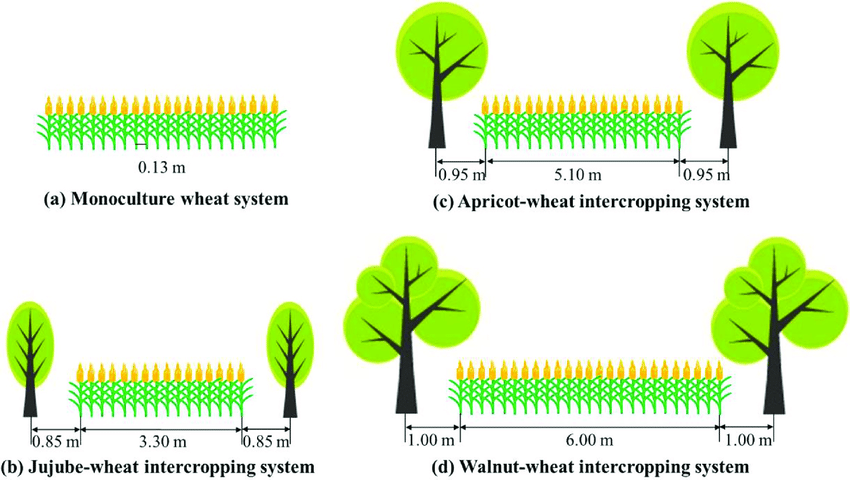
- Monocropping:
Example Planting Wheat year after year in the same field. Monocropping is when the field is used to grow only one crop season after season.
Disadvantages: it is difficult to maintain cover on the soil; it encourages pests, diseases and weeds; and it can reduce the soil fertility and damage the soil structure.
- Crop Rotation:
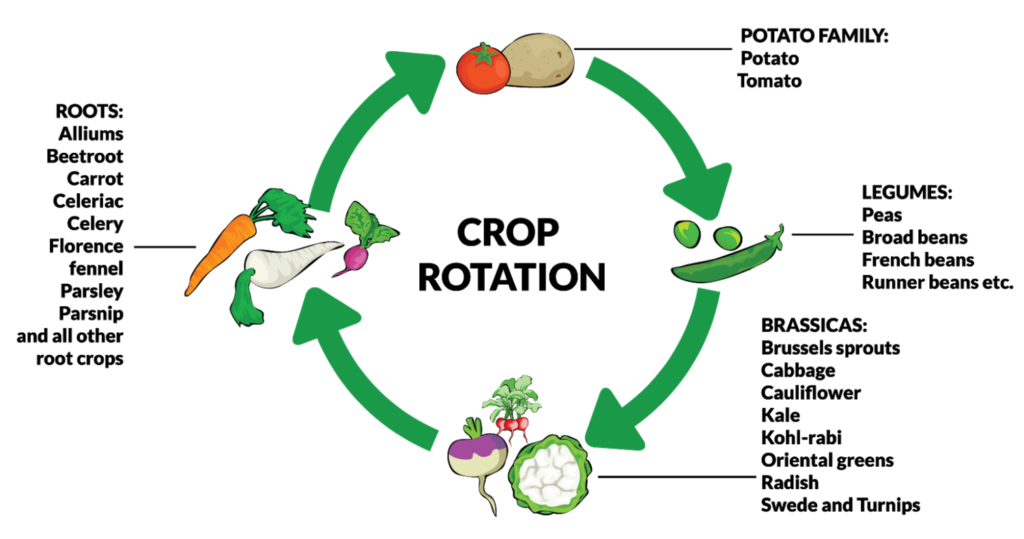
Example Planting maize one year, and beans the next. Crop Rotation means changing the type of crops grown in the field each season or each year (or changing from crops to fallow).
Crop rotation is a key principle of agriculture conservation because it improves the soil structure and fertility and because it helps control weeds, pests and diseases.
- Sequential Cropping:
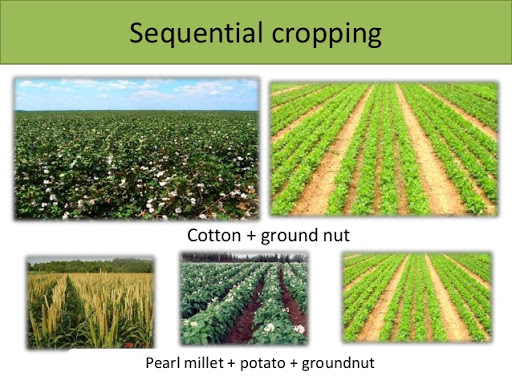
Example- Planting maize in the long rains, then beans during the short rains. Sequential Cropping involves growing two crops in the same field, one after the other in the same year.
In some places, the rainy season is long enough to grow two crops: either two main crops or one main crop followed by a cover crop.
Growing Crops two crops may also be possible if there are two rainy seasons, or if there is enough moisture left in the soil to grow a second crop.
- Intercropping:
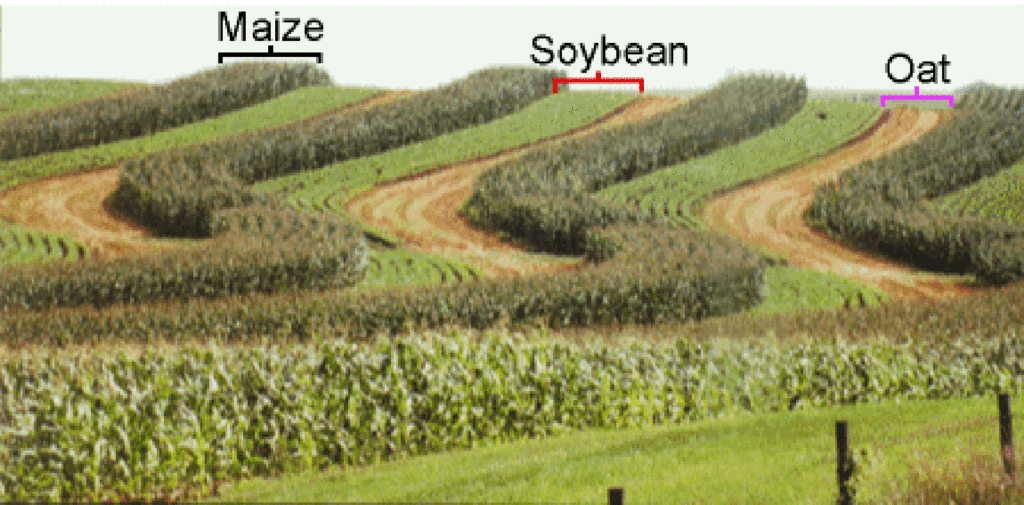
Examples- Planting alternating rows of maize and beans, or growing a cover crop in between the cereal rows. Intercropping means growing two or more crops in the same field at the same time.
- Mixed Intercropping:
Distribution of the seeds of both the crops or dibbling the seeds without any row arrangement. This process is called mixed intercropping. It is easy to do but makes weeding, fertilization and harvesting difficult. Individual plants may compete with each other because they are too close together.
Planting the main crop in rows and then spreading the seeds of the intercrop (such as a cover crop).
- Row Intercropping:
Planting both the main crop and the intercrop in rows. This is called row intercropping. The rows make weeding and harvesting easier than with mixed intercropping.
- Stir Cropping:
Example Planting alternating strips of maize, soybean and finger millet. Stir Cropping involves planting broad strips of several crops in the field. Each strip is 3–9 m wide. On slopes, the strips can be laid out along the contour to prevent erosion. The next year, the farmer can rotate crops by planting each strip with a different crop.
Advantages:
- It produces a variety of crops, the legume improves soil fertility, and rotation helps reduce pest and weed problems.
- The residues from one strip can be used as soil cover for neighbouring strips.
- At the same time, strip cropping avoids some of the disadvantages of intercropping: managing the single crop within the strip is easy, and competition between the crops is reduced.
- Relay Cropping:
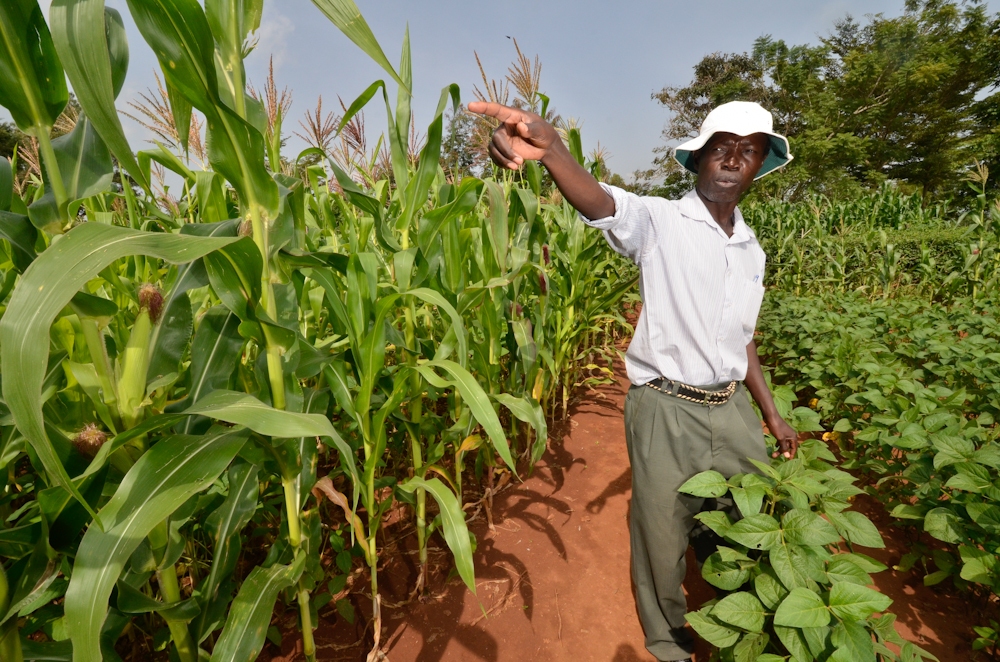
Example- Planting maize, then sowing beans between the maize rows four weeks later.
Relay Cropping the process of growing one crop, then planting another crop (usually a cover crop) in the same field before harvesting the first. This helps avoid competition between the main crop and the intercrop. It also uses the field for a longer time, since the cover crop usually continues to grow after the main crop is harvested.
We elaborate on some of the very dominant agricultural farming systems.
- Arable farming
In this system of farming, the farmer grows only crops, unlike mixed or pastoral farming. Crops produced include annual crops eg. vegetables, plantain, cassava, grains and legumes etc. You can practice this system either on a small scale or on a commercial scale.
Features of arable farming
- The farmer grows only crops.
- Requires specialised skill and know-how.
- Mixed farming
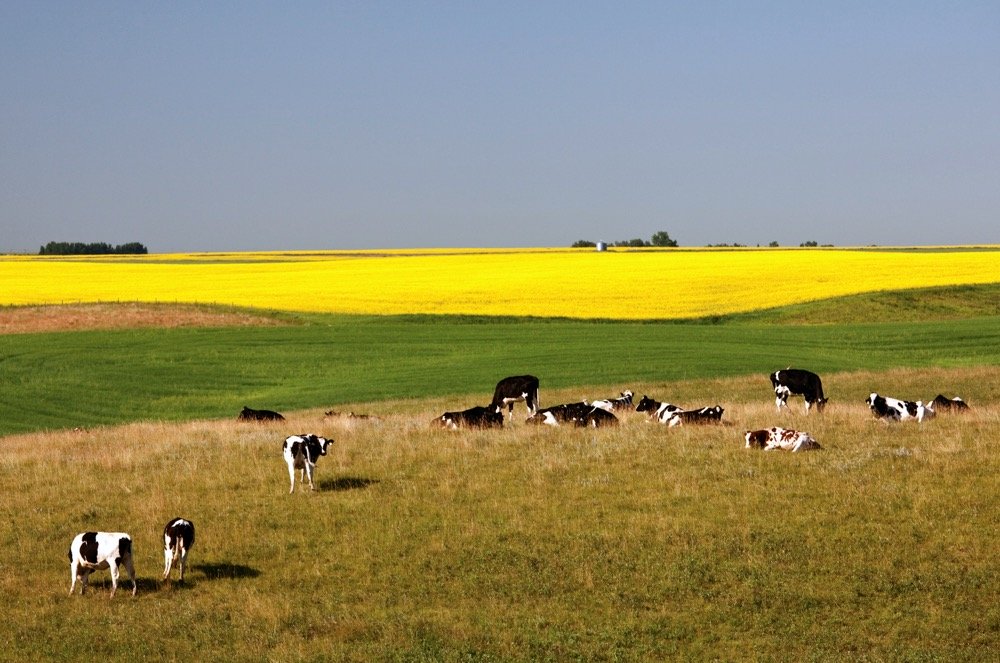
Mixed farming is an agricultural farming system where the farmer cultivates crops and raise animals simultaneously on the same piece of land. Different crops with different maturity periods are grown at the same time. There is continuous cropping throughout the season. This is best practised in areas with good rainfall or irrigation facilities.
Features of the mixed farming system
- Mostly practised on a small to medium scale
- Droppings of animals are used as manure, therefore, less use of synthetic fertiliser.
- The farmer raises and uses some farm animals as farm traction.
- Subsistence farming
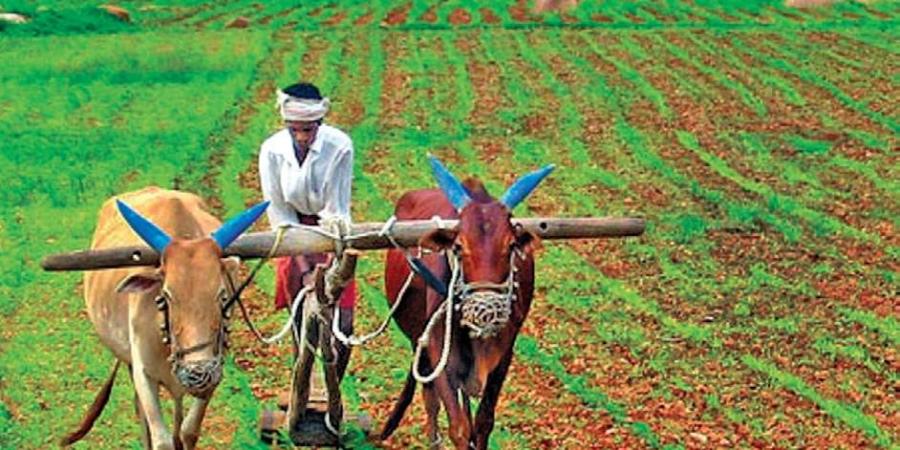
Subsistence farming is where the farmer produces food for himself and his family. Farming is usually done on relatively small land holding with simple farm tools. It is perceived, the farmers in this system are poor and do not use fertilisers and improved seeds as much as they should. Productivity is usually low. Moreover, facilities like electricity and irrigation are mostly not available to them.
Most of the food they produce is consumed by the farmers and their household.
Features of the subsistence farming system
- Mostly practised on a small to medium scale
- Droppings of animals are used as manure, therefore, less use of synthetic fertiliser.
- The farmer raises and uses some farm animals as farm traction.
- Plantation farming
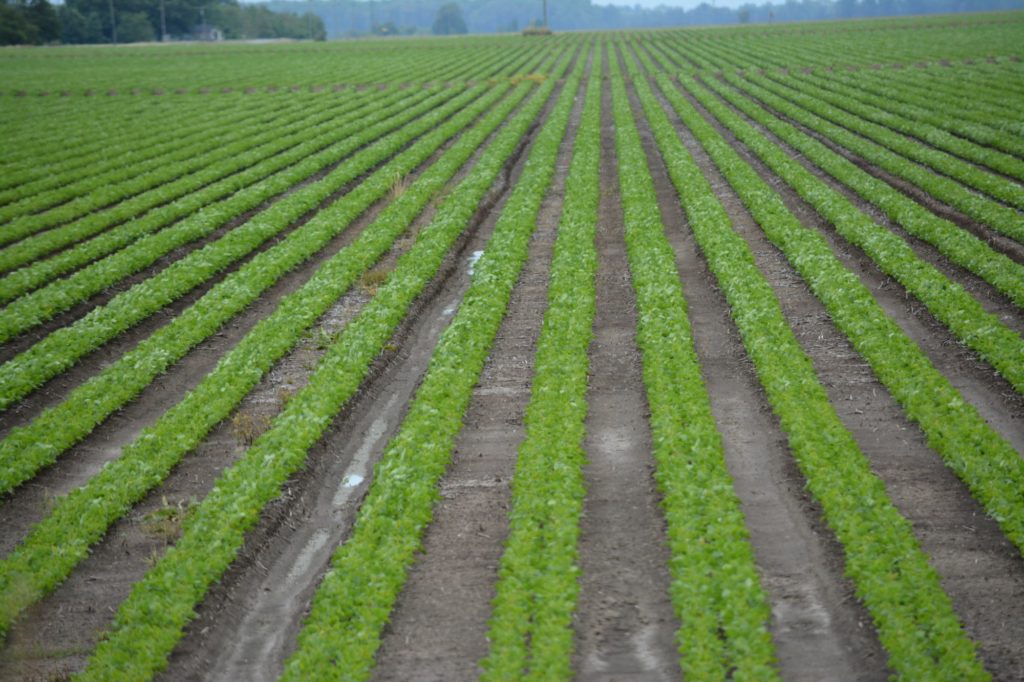
Also known as tree crop farming, it is one of the agricultural farming systems, where the farmer grows a sole crop on a relatively large piece of land. Crops include rubber, tea, coffee, cocoa, spices, coconut, apples, grapes, oranges, mangoes, avocado etc. It is usually done on commercial bases with a substantial amount of capital investment. The system requires good management and technical know-how. It may also require the use of machines, fertilizers, irrigation and other facilities.
Features of Plantation farming
- High levels of production of a particular crop
- High adoption of mechanization
- A huge capital investment involved
- Commercial in nature
- Pastoral/Livestock farming
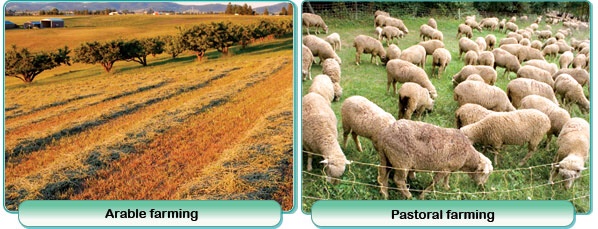
Pastoral farming aims at producing only livestock and not crops. Examples include dairy farming, raising beef cattle, and raising sheep for wool. In this system, farmers make use of the available feed resources to feed the livestock. Farmers do not move livestock, like in the case of nomadic farming. Farmers establish pasture lands for the livestock. This system is not sustainable and it becomes very expensive when excessive grazing destroys all-natural grazing fields. The farmer would have to buy feed for the herd.
Features of pastoral farming
- The farmer only raises livestock.
- The farmer can use the animals as farm traction.
- Manure of animals used to fertilize grazing fields.
We have come to the end of this class. We do hope you enjoyed the class?
Should you have any further question, feel free to ask in the comment section below and trust us to respond as soon as possible.
We have come to the end of this term. It’s been a remarkable journey and we are glad that you have made it this far. For making it this far, we commend you for being resilient, you have taken charge of your education and future.
The Journey still continues though, we are moving on to Second Term. we hope to meet you there.

This is fantastic.